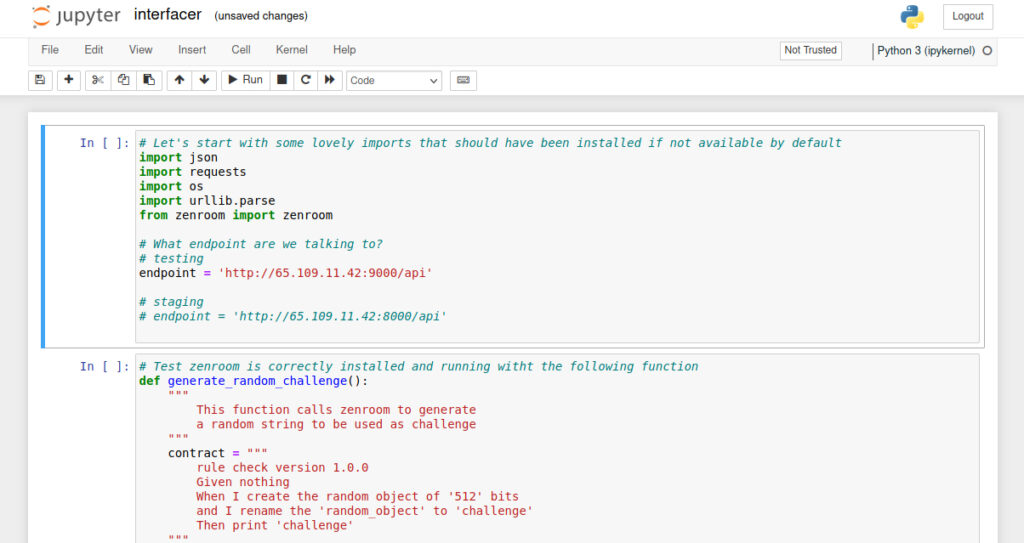Haparandadam 7-A1
1013AK Amsterdam +31 (0)6-2645-5733
NEW BUSINESS AND PRESS info@forkbomb.eu @forkbombEU
JOIN FORKBOMB work@forkbomb.eu
Digital Product Passport
Flexible and interoperable, DID-based, blockchain anchored DPP

The European Commission is investing heavily in the standardization of the DPP, but a general standard is still far away in the future. Therefore for a DPP to be while adopted, it has to be generic enough, easy to operate and interoperable.
Fetures and applications
Our DPP is cross-sectoral, flexible, based on common rules, principles, taxonomy, and standards. The is based on the [ValueFlows](https://www.valueflo.ws/ ontology, covers circular economy, offers tracking and tracing of products and materials, collaboration on designs and delivery of services. The DPP accommodates complex supply chains scenarios, where multiple products or services make their way into the final product, as for example a custom made bicycle based on open source designs, repurposed clothing or refurbished machines.
DPP modelisation and interoperability
Our DPP data structure is based on the ValueFlows ontology and is produced by the Zenflows back-end, which is programmable in GraphQL. ValueFlows is flexible enough to accommodate most *economic flows, actors, processes and events.
Such a power and flexibility, come with an inherently high level of complexity: in order to tackle complexity and minimize uncertainties in the development, we implemented a workflow to prototype complex GraphQL queries and flows using Jupyter Notebook:

This allows us and third party developers to accelerate development and:
- Extract data from Zenflows, to be imported into different data structures and systems
- Inject data into Zenflows, from an ERP, an IoT device, a mobile application
- Visualize complex data structures, see the interactive example below:
Technology
The actors performing operations in the products and services stored in the DPP, are described using the W3C-DID method based on Zenroom, making the resolution of the actors interoperable, verifiable and private. The DPP along with the W3C-DID is anchored on blockchain, making it tamper-proof. It’s generation and storage can be triggered by smart-contracts. The DPP is stored as a JSON object and can be easily adapted or translated to other file formats.
The DPP is developed in collaboration with the Intefacer consortium and is the evolution of a prototype developed within the case-study winner H2020 REFLOW Project.